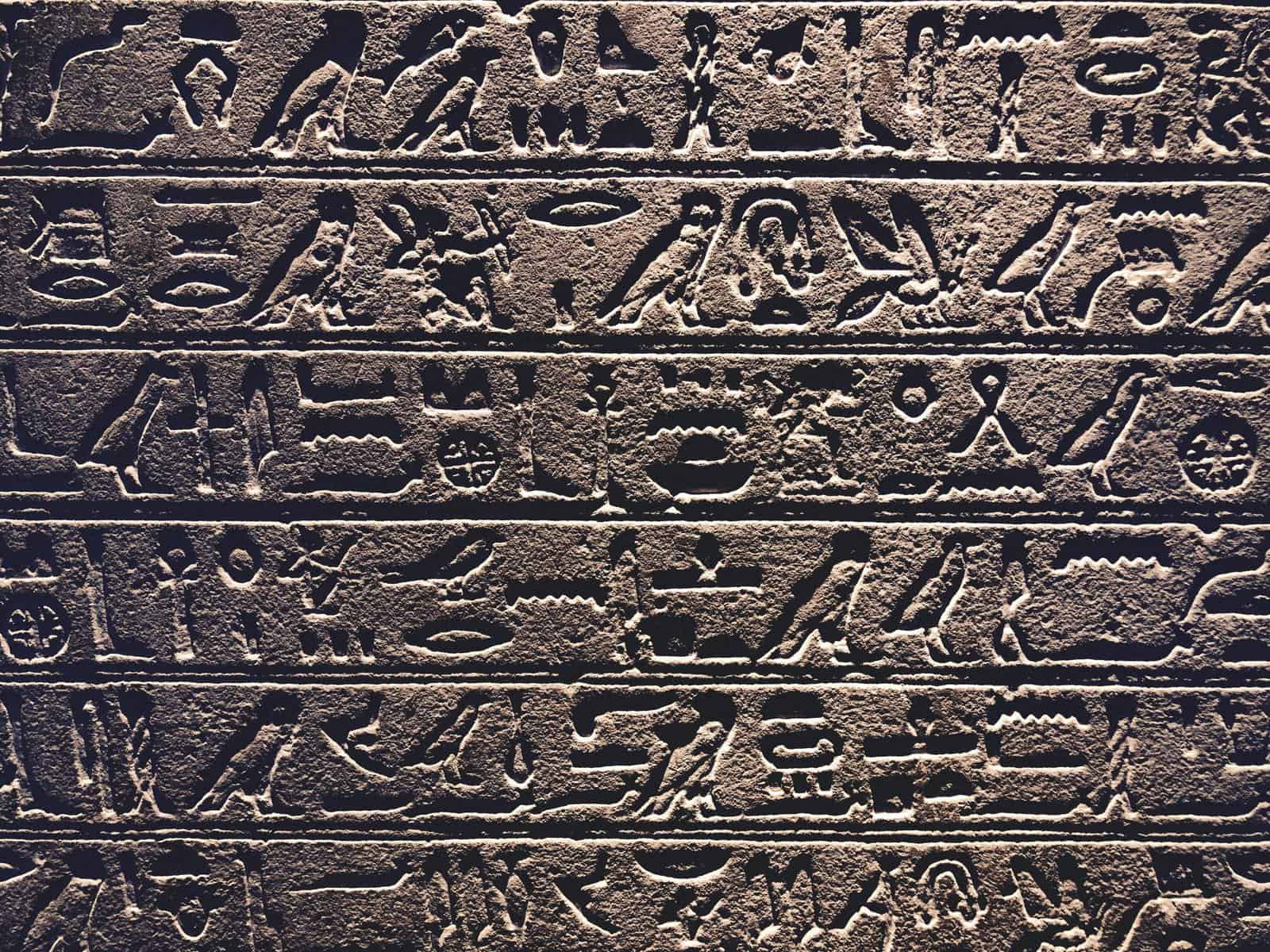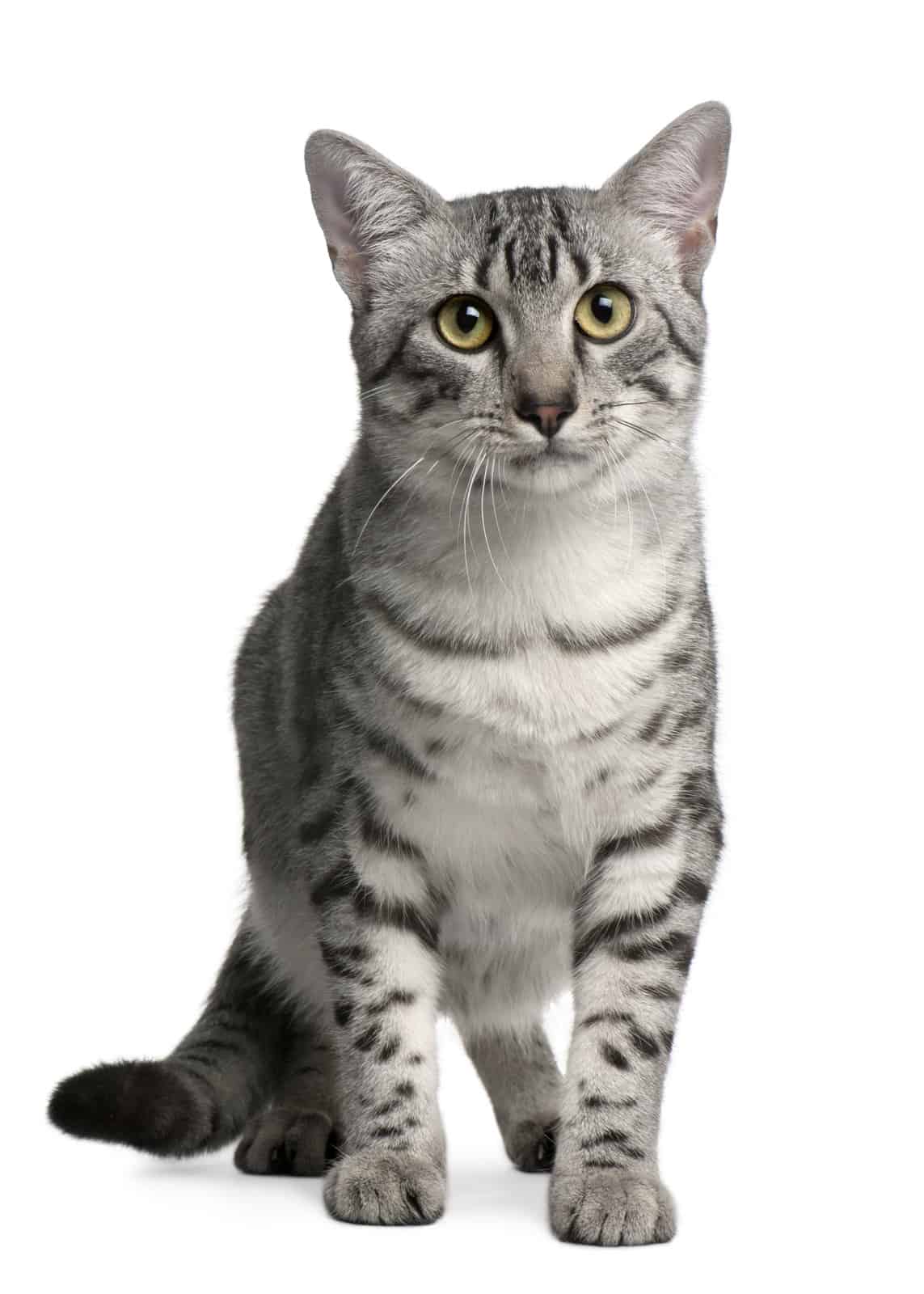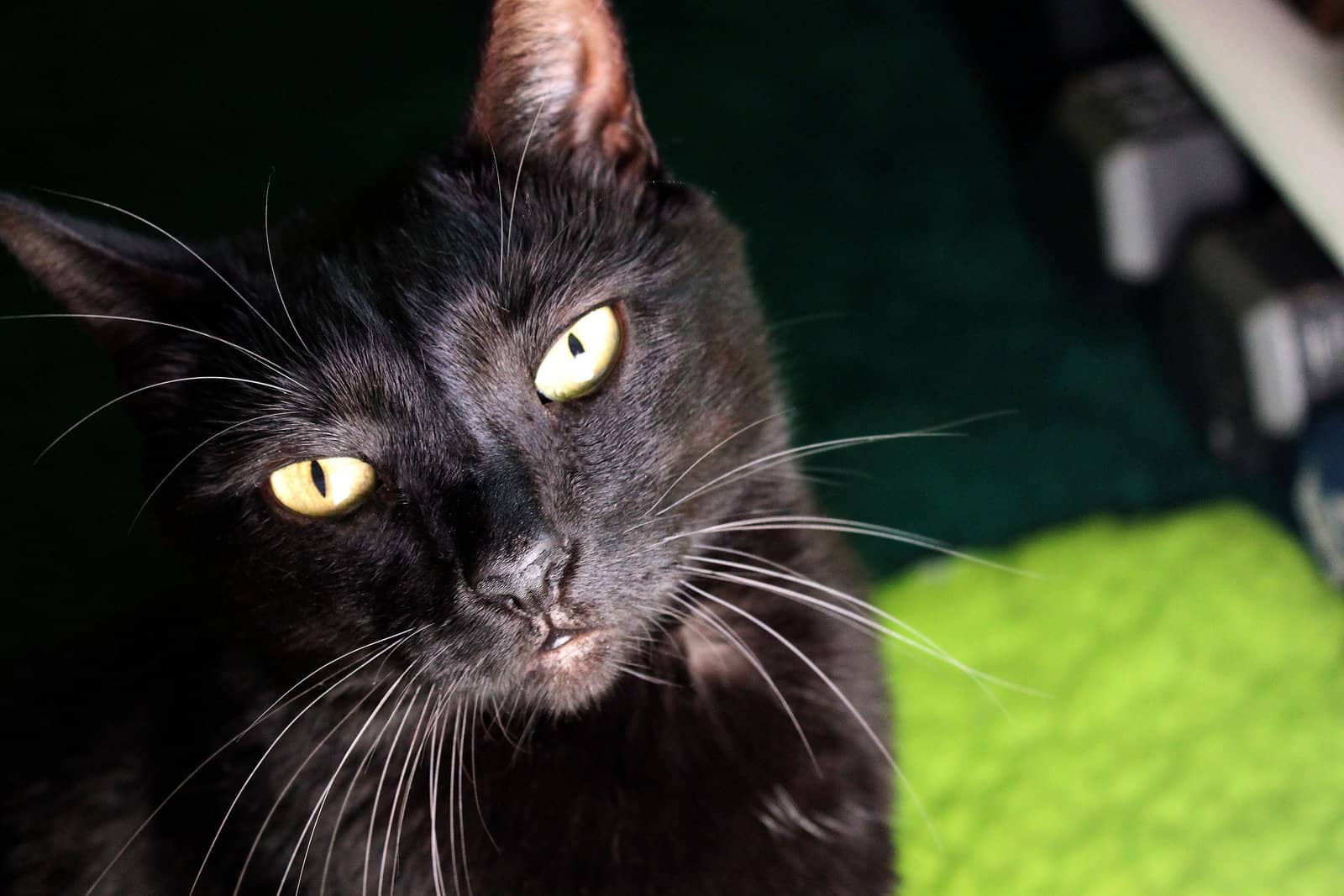
Cats in Egyptian Mythology
Research has shown that cats can improve moods, deliver emotional support, and share the morale of their owners. In addition, Cats promote socialization among older individuals and physically or mentally disabled people.
Cats are playful and have a unique way of showing affection. They are the favourite pets for many people because of their cuteness and fur. People kept and raised them at houses from ancient times till nowadays. Egyptians used to embrace cats, enjoy their company and even worship them.
A long time ago, in Ancient Egyptians, there were many threats which could scare many people, like rats, venomous snakes, and many types of insects which are very harmful to stored grains or babies. Cats were the “hero” because they could fight all these threats.
Cats were loved and praised for protecting the Pharaoh by killing venomous snakes, and others raised cats as a part of their families, so they fed them, dressed them in jewels, and even mummified them after death to go with them in the other life (afterlife).
Killing a cat was a crime, as cats were the image of a god or goddess who protected humans from threats and brought good luck. Cats used to be represented in ancient Egypt’s social and religious practices for more than 3,000 years. Many ancient Egyptian duties were depicted and sculptured with cat-like heads, like Mafdet, Sekhmet and Bastet, representing justice, fertility and power. The God Mut was also described as a cat.

Why did the Ancient Egyptians Worshiped Cats?
Cats gained a high position in royal society, there were many idols in ancient Egyptian times, and one of them was Bastet, the goddess of fertility and protection of children. Bastet used to embody cats with playful nature, grace and cunningness. The temples dedicated to Bastet were a home for cats, and any harm to cats was considered an insult to the goddess.
How did Ancient Egyptians Reverence Cats?
Ancient Egyptians used to present cats in their art as a reflection of their culture and love of cats. They companioned cats on their hunting trips and at home.
Paintings of cats were represented in tombs as a sign of love and respect. Unfortunately, sometimes cats were also mummified to join Egyptians in the afterlife.
What did Herodotus Say about the Cats of Egypt?
Herodotus, a Greek author, talked about animals in Ancient times; taking care of animals was a reflection of religion. Egyptians worshipped animals like everything around them. Everything around is a reflection of the creator, everything is a gift from god, so they take the responsibility to take care of all these gifts.
Cats had a long and illustrious association with divinity in ancient Egypt between c. 3150-30 BCE. For example, the feline goddess Mafdet appears in Egypt’s first Dynasty (c. 3150 to c. 2890 BCE) as a protector and embodiment of justice.
Mafdet was considered incredibly potent in protecting against attacks by scorpions and snakes. Furthermore, she was among the deities who safeguarded the sun god Ra on his nightly journey through the underworld from the threat of the great serpent Apophis and was, therefore, one of the principal deities who ensured the sun rose each morning.
Mafdet was especially popular during the reign of Den (c. 2990-2940 BCE), viewed as the greatest king of the First Dynasty, and was the protector of his chambers. She remained an essential goddess through the era of a new kingdom (c. 1570 to c. 1069 BCE). After that, however, her responsibilities were taken on by the goddesses Serket (also given as Selket, who protected against venomous bites) and Bastet, one of the most popular goddesses in Egyptian mythology.
Bastet was the goddess of the home, domesticity, fertility, childbirth, women’s secrets, and cats. She ensured the safety of one’s home and the health of women and children by guarding off evil spirits and disease and was widely venerated by both sexes.
Bastet took over the duties of Mafdet during the Second Dynasty of Egypt (c. 2890 to c. 2670 BCE) and remained popular until the end of the Ptolemaic Dynasty in 30 BCE.
As with all the deities of ancient Egypt, Bastet kept (harmony and balance), and Herodotus touches on this in II.66 in his discussion of male cats killing kittens to mate. As he suggests, the cat population would soar out of control without the intervention of the males. To the Egyptians, the males’ behavior would have been approved by Bastet in the interests of balance.
What are the Fun Facts about the Egyptian Mau?
Mau is the ancient Egyptian word for “cat”. Since 3200 BC, an entire Egyptian city was founded on worshipping the feline deity Bastet and Mafdet, which was often depicted with the head of a lion, house cat, or cheetah. In addition, Ra (the sun god) took the shape of the Mau during his visits to the underworld.
The Egyptian Mau has a thrilling modern history. The breed almost went extinct around the time of World War II. Then exiled Russian Princess Nathalie Troubetskoy, living in Italy, relocated to the U.S. and imported her three Egyptian Mau cats. Then she established the Fatima Egyptian Mau cattery, which produced many of the ancestors of today’s Egyptian Mau cats in the U.S.
Although the Egyptian Mau is unfriendly and careful around strangers, no one can find a more loving family cat! This breed is known for extreme devotion to family, especially a selected “special person.” the Egyptian Mau tends to be “extremely outgoing with absolutely no fear and curiosity. They make wonderful companions.” No surprise, the ancient Egyptians wanted to be buried with their feline friends!
The Egyptian Mau may be the fastest-tamed cat in the world. With her characteristic flap of skin growing from the posterior end of the ribcage to the back leg, she has the strangest leaping ability and can bursts of speed—up to 30 miles per hour. Another interesting fact about the Egyptian Mau is it tends to have a more extended gestational period than other cat breeds. Most cats are pregnant for 63 to 67 days. The Mau gives birth, on average, after 73 days.

How do you Know that you Have an Egyptian Mau?
The Egyptian Mau is a standard breed of domestic cat. It is medium, with a large and firm body structure, not exceptionally slender, and well-developed musculature.
The Mau’s legs are comparatively long, with oval paws. Their head appears round but is slightly longer than broad, and the nose is somewhat concave and curved when viewed in profile; the chin is firm. Eyes are slightly oval, large and slightly slanted. Arabian Maus usually have bright green eyes, large ears, slightly forward and sideward-placed, long, and high-set on the skull. Medium-length tail and tapers slightly towards the tip.
What does a Black Cat Symbolize in Egypt?
For centuries, black cats indicated bad luck. But in Egyptian cultures, cats were respected and brought good luck to those who owned them.

Is an Egyptian Mau a Good Pet?
Egyptian Mau is known and loved for its lively, outgoing characters. Egyptian Mau tends to be friendly and affectionate with all, but they will select one family member to spoil with extra attention.
How Should you Take Care of your Egyptian Mau?
The Mau requires daily grooming to remove shedding hair and to prevent hair from matting. Because this breed has a medium-length soft coat, extra grooming care is needed. Silver and bronze Maus have thicker fur, and grooming should be more frequent. Stainless steel combs help to remove dead hair.
Using high-quality pet products will reduce shedding and help prevent hairballs. Good products and gentle cat shampoo will easily and safely remove dead hair without hurting the cat. Soft tip massagers, deluxe nail trimmers, and de-shedding tools all help make cat grooming so much easier.
Usually, cats will groom themselves several times throughout the day. Daily grooming is necessary because it limits the hair the cat will ruin. In addition, coat hair looks best during the cold winter months.
Is Egyptian Mau Good with Dogs?
Egyptian Maus are exceptionally playful, active and very intelligent. They are so friendly and enjoy interacting with their owners, with whom they will form a strong bond. Egyptian Mau gets along with other animals, including dogs, and enjoys playing with toys.
What is the Best Diet for Egyptian Mau?
The Egyptian Mau diet should contain wet and dry food and high protein, like salmon or fish. Their active lifestyle requires a complete and balanced diet. They must eat natural grain with real chicken, vitamins, and minerals. Plus, fresh and clean water.
Cats do well by being fed twice daily. During kittenhood, kittens will need to eat every few hours. Growing kittens need more calories, nutrients, vitamins, protein, and calories. Cats should be able to enjoy a peaceful meal in a quiet corner of the house.
If you enjoyed this content why not dive into some more historical eras – check out these articles: Ancient Rome, Ancient Egyptians – The First Woman Pharaoh, Greek Mythology – Medusa, Native American History. Victorian Era, Ibn Khaldun or Celts.
Why not subscribe to our LearningMole Library for as little as £1.99 per month to access over 1400 fun educational videos.


Leave a Reply